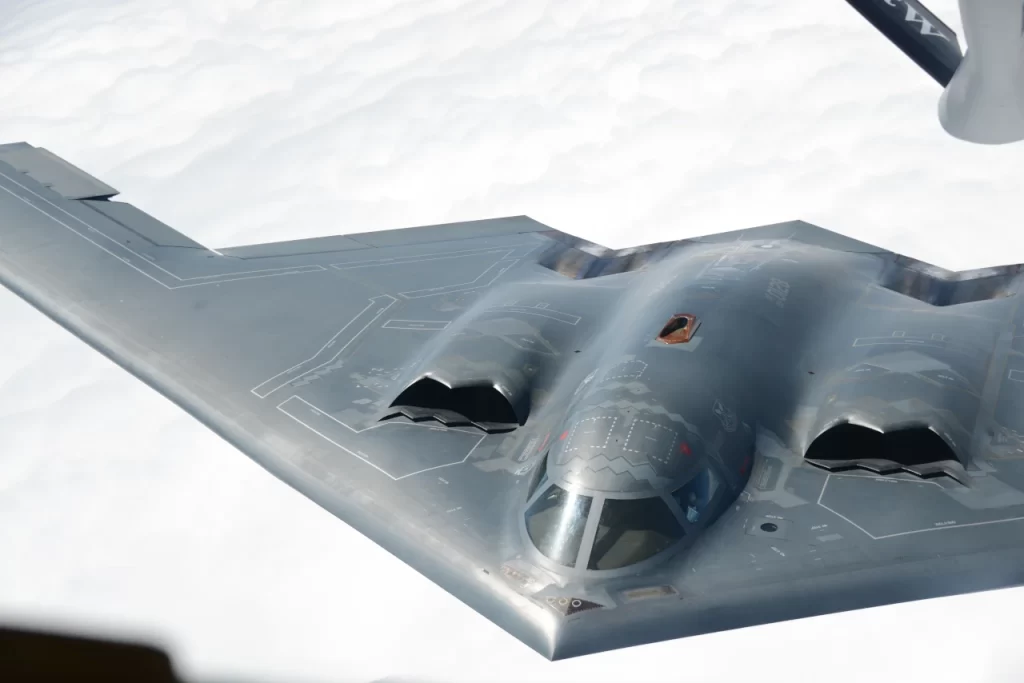Despite the fact that one of the strikes was fatal for the Greek oil tanker M/V Sounion, Houthi rebels (connected to Iran) have launched fewer attacks against commercial marine traffic in the Red Sea from Yemen in recent weeks. However, this is expected to change soon.
Indeed, Reuters recently revealed, corroborating information released by the Wall Street Journal in July, that Iran was acting as an intermediary in discussions to supply the Houthi rebels with Russian supersonic anti-ship missiles P-800 Oniks (or Yakhont). This is not surprising given that Russian President Vladimir Putin has vowed to transfer weaponry to entities that may pose a threat to Western interests as a result of their military assistance for Ukraine.
However, the issue extends beyond anti-ship missiles. The Wall Street Journal reported in early October that Viktor Bout, an arms dealer who was released in December 2022 as part of a prisoner exchange between Russia and the United States, had resumed business. He is now a deputy in the Russian Duma, representing the pro-Kremlin Liberal Democratic Party of Russia. He is accused of negotiating the sale of Kalashnikov AK-74 assault rifles and Kornet anti-tank missiles to the Houthi rebels. Deliveries might begin as early as October at the port of Hodeidah, under the cover of ‘grain supplies,’ the newspaper reported.
The Houthi rebels are not only attacking marine traffic in the Red Sea, but they have also launched surface-to-surface ballistic missiles and remotely operated explosives at Israel. On August 19, in reaction to one of these, which had hit the middle of Tel Aviv a month before, the Israeli Air Force bombed oil installations at the port of Hodeidah as part of a large-scale operation aimed at Iran. It subsequently conducted another similar attack on September 29, following at least two ballistic missile launches from Yemen targeting Ben Gurion Airport on September 15 and 28.

In any event, two naval operations were undertaken to defend maritime traffic in the Red Sea: EUNAVFOR Aspides, under the auspices of the European Union, and Guardians of Prosperity, under American leadership. As part of the latter, US and UK forces have regularly targeted the Houthi rebels’ military infrastructure in Yemen.
However, the US Air Force’s strike on Houthi-controlled armament stores on October 16 was unusual in that it deployed B-2 “Spirit” strategic bombers for the first time.
“US forces, including B-2 bombers from the US Air Force, carried out precision strikes on five reinforced underground storage sites in areas controlled by the Houthis in Yemen. These facilities housed several types of weapons that the Houthis have used to target civilian and military ships across the region,” explained Lloyd Austin, the head of the Pentagon, in a statement.
He went on to say, “This is a unique demonstration of the United States’ ability to target facilities that our adversaries seek to keep out of reach, regardless of how deep, fortified, or solid they are. The use of long-range stealth B-2 Spirit bombers demonstrates the United States’ global strike capability to act against these targets whenever necessary, anytime, anywhere.”
Did the US Air Force need to use its B-2 “Spirit” bombers for this raid, knowing that it had recently increased its presence in the Middle East by deploying additional aircraft (F-15E Strike Eagle, A-10 Warthog, and F-16) and that the US Navy had positioned the aircraft carrier USS Abraham Lincoln, with its F-35C and F/A-18E/F fighters, in the Gulf of Oman?
After all, F-15Es armed with BLU-109 bombs, a type of “Bunker Buster” designed to destroy deeply buried targets, could have been sufficient, especially given the Houthis’ relatively weak air defense, which has allowed them to shoot down several MQ-9 Reaper drones. However, it was clearly a warning to Tehran, whose nuclear facilities are mostly underground.
Nothing has been written about it, however, the B-2 Spirits used in this operation were probably outfitted with GBU-57 Massive Ordnance Penetrator (MOP) bombs weighing approximately 13 tons. These bombs can only be carried by the bombers.
The deployment of B-2 “Spirit” bombers for “conventional” strikes is extremely unusual. The previous raid utilizing these aircraft occurred in 2017, when two such bombers targeted an Islamic State (ISIS or Daesh) training camp in Libya, while the organization was “actively planning operations in Europe.” They were used due to their “ability to carry (in quantity) a wide variety of munitions,” according to the Pentagon at the time.
